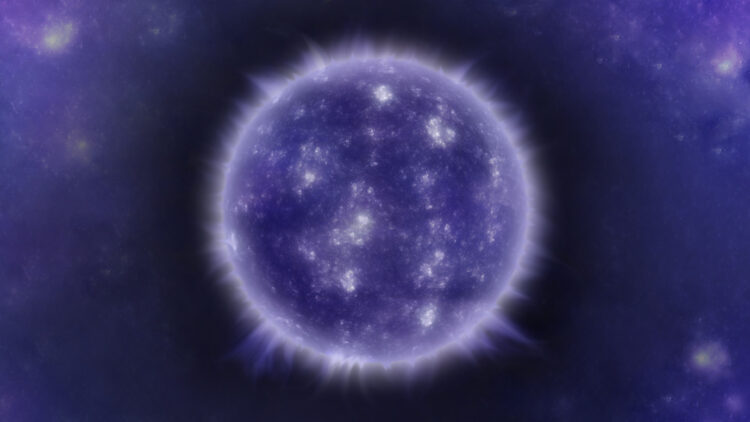Astrophysicists have long been intrigued by the possibility of dark stars-massive celestial objects fueled not by nuclear fusion but by the enigmatic energy of dark matter. Thanks to images taken by the James Webb Space Telescope (JWST), the scientific community has perhaps also found signs of such elusive entities. Could these dark stars, which shine billions of times brighter than our sun, rewrite the story of the universe’s infancy?
Enlightening space infancy: Secrets of dark stars
Dark stars, despite the word “dark”, are hypothesized luminous sources that may have existed in the universe’s infancy. In contrast to traditional stars that work with nuclear fusion, dark stars are speculated to obtain their energy from self-annihilation of dark matter particles.
As a result, energy is released that warms the ambient hydrogen and helium, and this leads the primordial clouds to glow brightly and expand to enormous scale-some up to a million times mass of the sun. These stars may have also been born in “minihaloes”, dense pockets of dark matter in the early universe.
The amount of the dark matter present in these environments allowed the dark stars to continuously grow in mass, which gradually increased the size of the dark stars over time. The distinctive features of these stellar objects, such as their relatively low temperature and exceptional luminosity, have made them evocative topics of study. Nevertheless, conclusive proof of their presence was, yet, unknown until JWST arrived on the scene.
JWST classifies probable dark star candidates: A celestial discovery
New observations with the JWST have identified three possible dark star candidates-JADES-GS-z13-0, JADES-GS-z12-0, and JADES-GS-z11-0. Having first been identified as galaxies, these objects show properties in better agreement with dark stars.
Their light signatures seem consistent with the possibility of single, supermassive stars rather than stellar clumps of the conventional type that occupy galaxies. Astrophysicist Katherine Freese, a proponent of dark star theory, points to the transformative consequences of such a discovery. If these objects are identified as dark stars, they might allow a direct observation of dark matter dynamics (just like this strange, dark undecipherable dark matter).
With respect to the ability to search for a “smoking gun” in their light spectrum, a unique absorption pattern that directly relates to the dark matter interaction, scientists are highly interested in that possibility. But such detailed analysis is incompatible with long observation period, since resource of JWST is limited and eagerly desired.
New star group might alter understanding of space
The existence of dark stars would not only validate a new category of stars, but would radically change our view of dark matter, the 85% of universe’s matter. Dark matter has always been out of the reach of direct detection because of its lack to either radiate, absorb or reflect it that makes it one of the biggest physics questions which remains unraveled, not by a simple theory, but rather by the ultimate observation.
The possibility of directly observing dark stars fuelled by dark matter annihilation would allow very new information about the interaction of particles composing this enigmatic matter. Moreover, the dark stars could shed light on the mystery of the supermassive black holes in the early universe.
Current theoretical models and interpretations cannot reconcile how such large bodies could have come into existence so early after the Big Bang. However, if dark stars collapsed into black holes at the end of their life spans, they could account for the existence of these ancient giants.
This link between dark stars and black holes offers a good starting point for future studies. The possibility of dark stars represents a crucial step toward understanding the origins of the universe. Although more observations and analysis are required to verify their reality, the consequences can be very profound.
Not only would the dark stars potentially revise our view of stellar formation, but dark stars could also give us the solution to solve the mystery of dark matter. So, when JWST turns the page on cosmic mysteries (such as this black hole in the solar system which is worrying scientists), the potential to get a peek at these stellar puzzles remains enticing. If dark stars do exist, they will “shine” in the most hidden regions of the cosmos, bringing to life the basic interactions that have governed all that we know.


